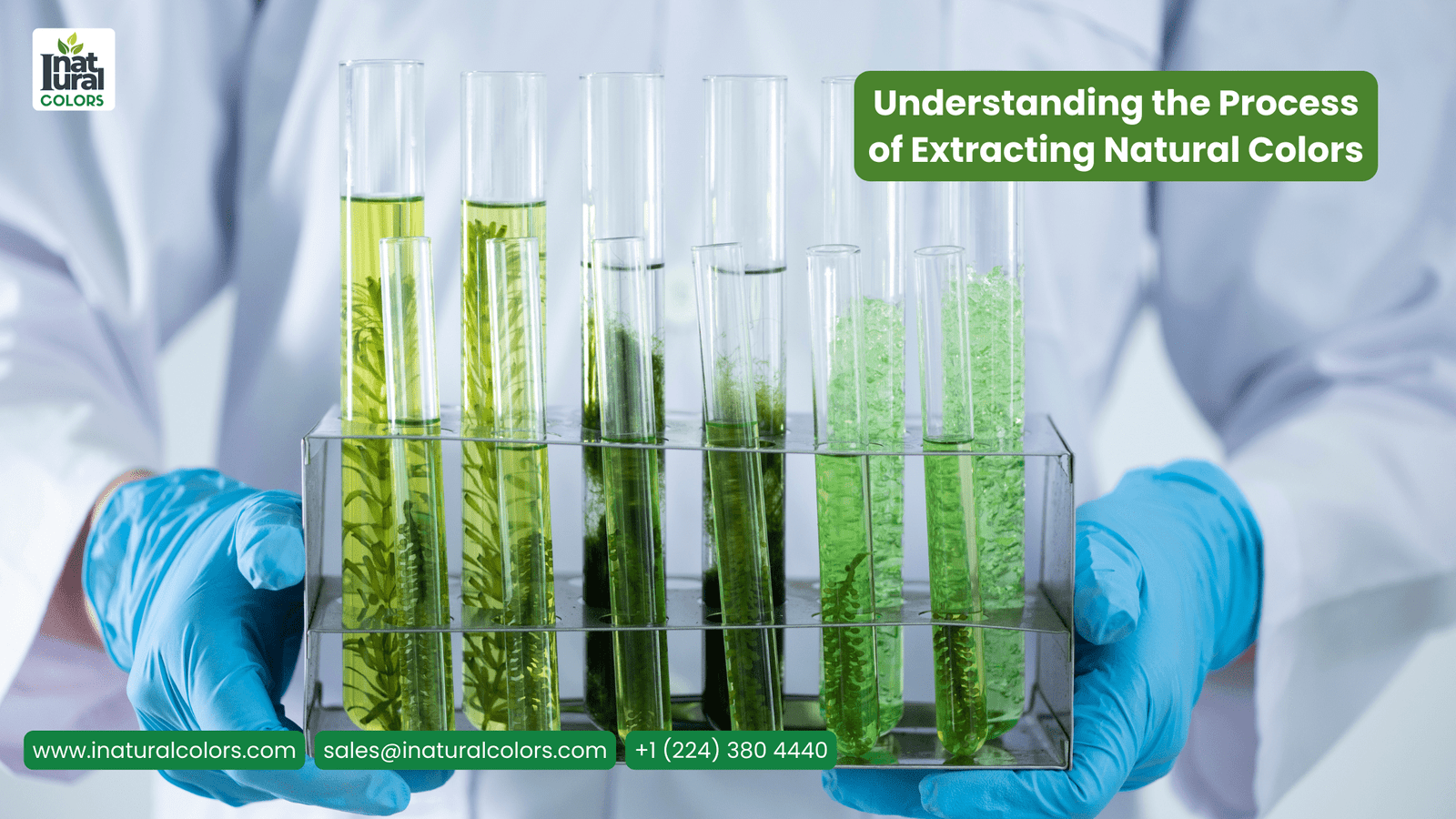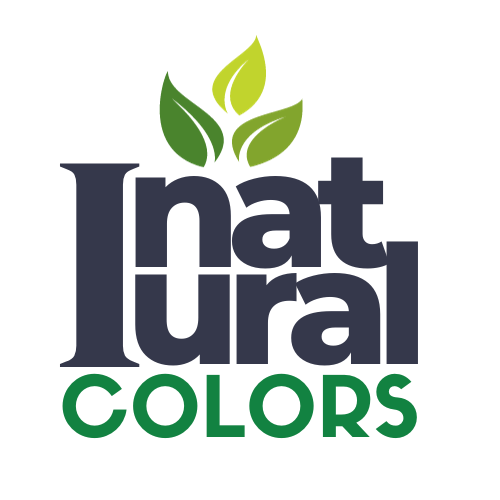Beautiful Plants For Your Interior

Understanding the Process of Extracting Natural Colors
In recent years, the demand for natural colors has surged across various industries, including food and beverage, cosmetics, and textiles. This shift towards natural colorants is driven by increasing consumer awareness of health and environmental sustainability. Natural colors, derived from plants, animals, and minerals, offer a safer and eco-friendlier alternative to synthetic dyes, which often pose health risks and environmental concerns. This article delves into the intricate process of extracting natural colors, exploring the sources, extraction methods, applications, and the future of natural colorants.
Sources of Natural Colors
Natural colors are obtained from diverse sources. The primary sources include:
- Plants: Fruits, vegetables, flowers, leaves, seeds, and roots are rich in natural pigments. Common examples include turmeric (yellow), beetroot (red), and spinach (green).
- Animals: Some colors are derived from insects and marine organisms. Cochineal insects produce carmine, a red dye, while mollusks like Murex snails yield purple dyes.
- Minerals: Minerals such as iron oxide and titanium dioxide provide natural colorants used in various applications.
Extraction Methods
The extraction of natural colors involves several techniques, each tailored to preserve the integrity of the pigment and maximize yield. The choice of extraction method depends on the source material, desired pigment, and application. Here are some common extraction methods:
1. Solvent Extraction
Solvent extraction is a widely used method for extracting natural colors. It involves using a solvent (such as ethanol, acetone, or water) to dissolve the pigment from the source material. The steps include:
- Preparation: The raw material is cleaned, dried, and ground into a fine powder.
- Extraction: The powdered material is mixed with the solvent. The mixture is stirred to facilitate the transfer of pigments into the solvent.
- Filtration: The mixture is filtered to separate the solvent containing the pigment from the solid residue.
- Concentration: The solvent is evaporated to concentrate the pigment.
2. Water Extraction
Water extraction is a simpler, eco-friendly method suitable for water-soluble pigments. The process involves:
- Preparation: Similar to solvent extraction, the raw material is cleaned, dried, and ground.
- Boiling: The ground material is boiled in water, allowing the pigments to dissolve.
- Filtration: The solution is filtered to remove solid residues.
- Concentration: The water is evaporated to concentrate the pigment.
3. Press Extraction
Press extraction, or cold pressing, is commonly used for extracting pigments from fruits and vegetables. The method includes:
- Preparation: The raw material is cleaned and cut into small pieces.
- Pressing: The material is pressed to extract juice, which contains the pigments.
- Filtration: The juice is filtered to remove solid particles.
- Concentration: The juice is concentrated by evaporation.
4. Supercritical Fluid Extraction
Supercritical fluid extraction (SFE) is an advanced method using supercritical CO2 as the solvent. It is efficient for extracting non-polar pigments like carotenoids. The process involves:
- Preparation: The raw material is cleaned, dried, and ground.
- Extraction: Supercritical CO2 is passed through the material to dissolve the pigments.
- Separation: The pigment-rich CO2 is separated, and the CO2 is recycled.
Purification and Standardization
After extraction, the crude extracts often contain impurities that need to be removed. Purification methods include:
- Chromatography: Techniques like column chromatography help separate pigments based on their chemical properties.
- Crystallization: Impurities are separated by dissolving the extract in a solvent and cooling it to form crystals.
- Precipitation: Adding a non-solvent causes the pigment to precipitate, separating it from impurities.
Standardization ensures the consistency of color strength and quality across batches. This involves measuring the pigment concentration and adjusting it to meet industry standards.
Applications of Natural Colors
Natural colors find applications across various industries due to their safety and eco-friendly attributes. Some notable applications include:
1. Food and Beverage Industry
Natural colors are extensively used in the food and beverage industry to enhance the visual appeal of products. Examples include:
- Beverages: Juices, soft drinks, and alcoholic beverages are colored using natural pigments like carotenoids and anthocyanins.
- Confectionery: Candies, chocolates, and gums often use natural colors like beet juice and turmeric.
- Dairy Products: Yogurts, ice creams, and cheeses are colored with natural dyes like annatto and chlorophyll.
2. Cosmetics and Personal Care
The cosmetics industry utilizes natural colors for their safety and skin-friendly properties. Applications include:
- Makeup: Lipsticks, eyeshadows, and blushes use natural pigments like iron oxides and carmine.
- Skincare: Lotions, creams, and soaps are colored with plant-based dyes like hibiscus and calendula.
3. Textile Industry
Natural dyes have been used for centuries in the textile industry. They provide vibrant and long-lasting colors. Examples include:
- Fabrics: Cotton, silk, wool, and linen are dyed using natural pigments like indigo and madder.
- Yarns: Natural dyes are used to color yarns for knitting and weaving.
4. Pharmaceuticals
Natural colors are also used in pharmaceuticals to color pills, capsules, and syrups, ensuring they are safe for consumption.
Benefits of Using Natural Colors
The shift towards natural colors is driven by numerous benefits:
- Health Safety: Natural colors are free from harmful chemicals, making them safer for consumption and use on the skin.
- Environmental Sustainability: The extraction and use of natural colors have a lower environmental impact compared to synthetic dyes.
- Consumer Preference: Increasing consumer awareness and demand for natural products boost the market for natural colors.
- Regulatory Compliance: Many regulatory bodies prefer or mandate the use of natural colors in food, cosmetics, and pharmaceuticals.
Challenges and Future Prospects
Despite their advantages, the use of natural colors faces certain challenges:
- Stability: Natural pigments can be less stable to light, heat, and pH changes compared to synthetic dyes.
- Cost: The extraction and purification processes can be costlier than producing synthetic dyes.
- Color Range: The range of colors available from natural sources is more limited.
However, ongoing research and technological advancements are addressing these challenges. Innovations in extraction techniques, stabilization methods, and new sources are expanding the potential of natural colors. The future looks promising with increasing investments in sustainable practices and the development of novel natural colorants.
Conclusion
Understanding the process of extracting natural colors is essential for industries aiming to meet consumer demands for safe, eco-friendly, and sustainable products. From plants to minerals, and through various extraction methods, natural colors offer a diverse palette for numerous applications. As technology advances, the natural color industry is set to overcome existing challenges and expand its footprint, contributing to a healthier and more sustainable world.



